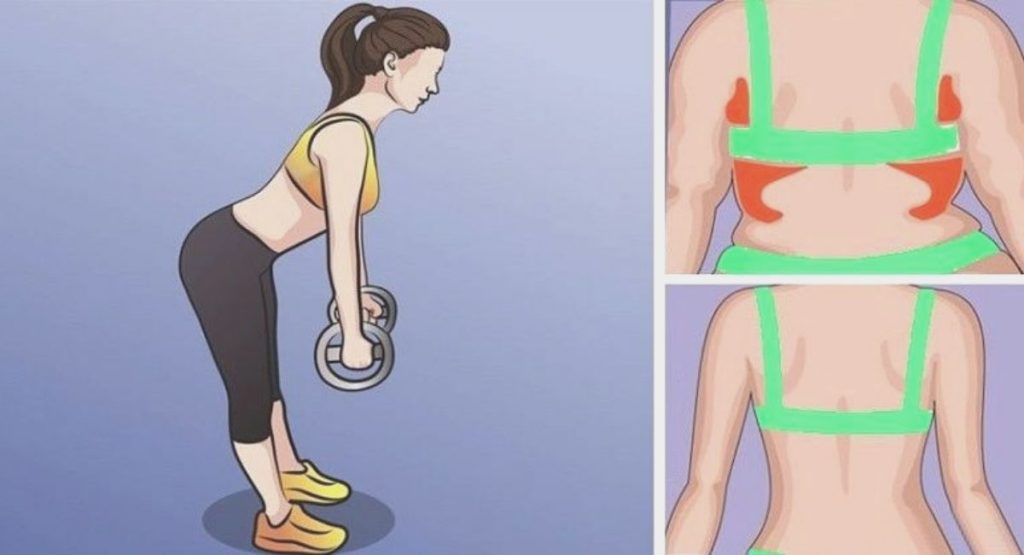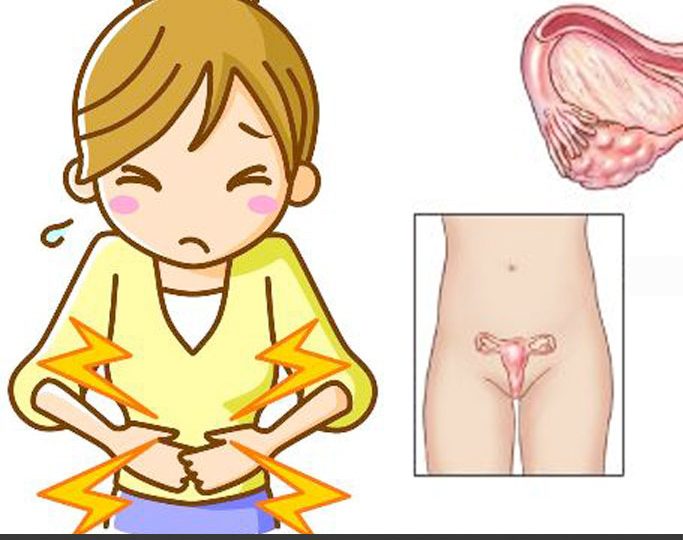Hair loss in children is a situation that can be worrying for parents, but in most cases it is not associated with a serious medical condition.
Understanding the possible causes is the first step towards finding an appropriate solution
Common causes of hair loss in children
- Tinea capitis
This is a fungal infection of the scalp. It is spread through sharing personal items such as combs, hats or brushes. Symptoms include:
o Hair loss in clumps.
o Black spots on the skin where the hair has fallen out.
o Redness, scaly skin or bumps on the scalp.
o Fever and swollen lymph glands in more serious cases.Treatment: Your doctor will prescribe antifungal medications to be used for at least eight weeks. Antifungal shampoos can help prevent the infection from spreading further.
- Alopecia areata
This is an autoimmune condition in which the immune system attacks the hair follicles. It manifests itself in several forms:
o Alopecia areata: Hair falls out in patches, leaving circular “patches” on the scalp.
o Alopecia totalis: Complete loss of hair from the scalp.
o Alopecia universalis: Loss of all body hair.
Treatment: Although there is no cure, doctors can recommend medications to stimulate hair growth.
- Trichotillomania
This is a disorder in which children compulsively pull out their hair. This is a form of obsessive-compulsive disorder and is often done to relieve stress.
Treatment: Cognitive behavioral therapy can help children overcome this habit.
When to seek medical help?
If hair loss is severe or lasts for a long time, a consultation with a pediatrician or dermatologist is recommended. Early diagnosis and appropriate treatment can prevent further problems, including emotional distress for the child.
Hair loss in children can often be successfully treated, and in many cases the hair will grow back normally.


